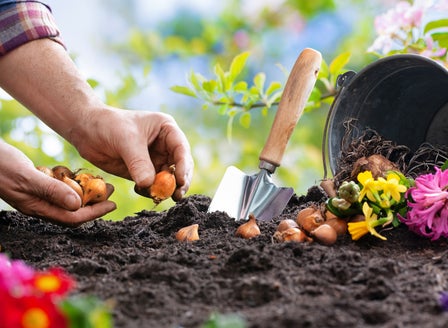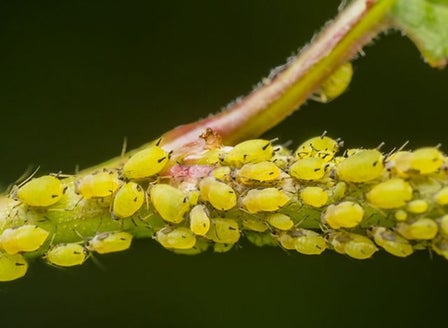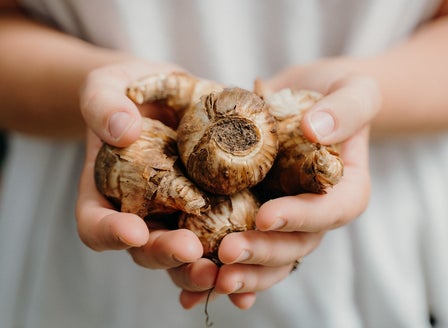Also known as ‘Windflower’, Anemone is a rhizome that produces spring flowers in reds, pinks, purple and blues. They make a dazzling display when mass planted in garden beds, and can also be planted in containers or pots. The open tulip-like flower is borne on a long stem, so they make a rewarding cut flower.
Planting Calendar
Plant the rhizomes between March to late May
Prepare
Position
Anemone prefer to be planted in full sun to partial shade.. They are happy under deciduous trees as they will have access to full sun in late winter to mid-spring. They are happy in pots and when planted in part shade will have longer stems that are better when used as cut flowers.
Soil
Plant in free draining soil rich in organic matter. In pots, plant in free-draining mix without water storage crystals such as Kings Potting Mix. Good drainage is key as the rhizomes tend to rot if the soil is too damp. Improve drainage in the garden by planting in raised beds, forking the soil and adding Kings Organic Compost and Gypsum Clay Breaker.
Plant
The general rule is to plant at a depth of twice the diameter of the bulb, however in heavier soils, plant slightly closer to the surface. It is a good idea to mark where bulbs have been planted with some sort of stake so that you don’t accidentally disturb them. Planting bulbs in a bulb basket makes it easier to lift them if you want to store them over summer. Plant the pointy parts facing down around 3 - 5cm deep and 15cm apart.
Care
Watering
Soak well once planted, and continue to soak well every week until shoots emerge, then keep them moist but not wet. Ensure if planted into pots that the pot does not sit in any water.
Feeding
Apply Kings Slow Release Bulb Food when first planting and once again after the first signs of growth. For a natural option apply a light sprinkling of Kings Sheep Pellets when planting.
Protecting
Slugs and snails can be an issue and love to eat the leaves. Protect from these little blighters by applying Quash, reapply after rain.
Spraying
Spray with Yates Super Shield if rust or mildew is a problem.
General Care
Allow the foliage to die back naturally. Bulbs draw the nutrients from the leaves and store them for next season. Removing the leaves too early may result in poor quality flowering the following year. Most bulbs can be left in the ground for many years, and don’t need to be lifted unless they become overcrowded or if they need extra winter chilling. If you wish to lift your bulbs, you can do so in late spring and store them in a cool, dry and dark place. Dust the bulbs with Flowers of Sulphur to reduce the chance of fungal problems.
Beginner Tip
For the best display plant new corms each year.
Expert Tip
Before planting, place your Anemones in a paper bag in the fridge for around 3-5 weeks. This will give them a good kick start.
Tip
When using sprays and chemicals or fertilisers always read the label and follow instructions carefully. Dilute concentrated products with water as per the instructions. Spray in the evening to avoid harming beneficial insects.
Frequently Asked Questions
When is the best time to plant anemones?
The best time to plant anemones in Auckland is in autumn (March to May) for spring blooms or in late winter for late spring blooms.
Are anemones prone to any pests or diseases?
Anemones are generally pest and disease-resistant but can occasionally be affected by aphids, slugs, or fungal diseases like powdery mildew
How long do anemones bloom?
Anemones typically bloom for 4-6 weeks in spring, but the exact duration can vary depending on the variety and growing conditions.
How often should I water anemones?
Soak well once planted, and continue to soak well every week until shoots emerge, then keep them moist but not wet. Ensure if planted into pots that the pot does not sit in any water.
How do I care for anemones after they have finished blooming?
After blooming, allow the foliage to die back naturally. This helps the tubers store energy for the next growing season.


